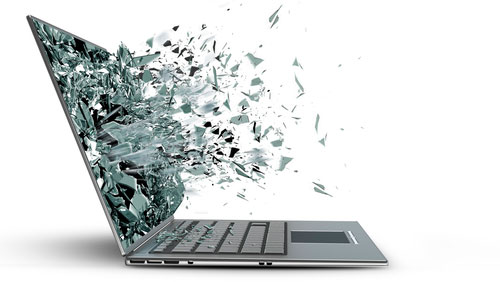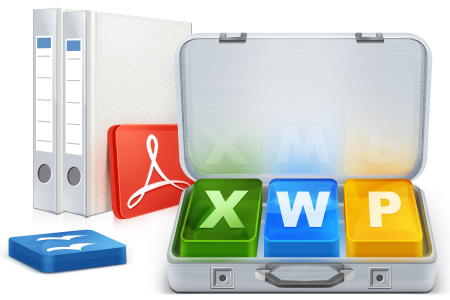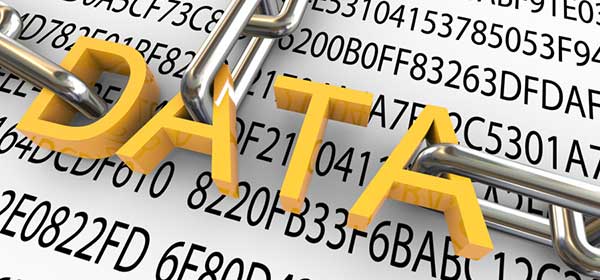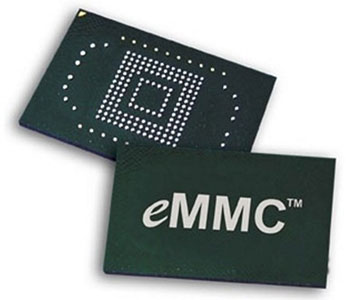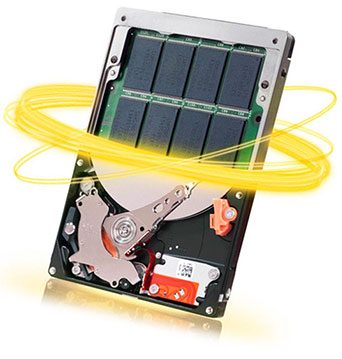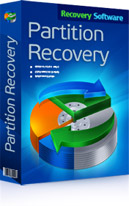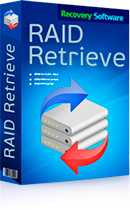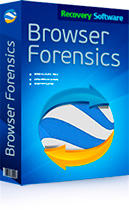If you have a curious mind and like experimenting with an alternative OS, don’t do it on your main computer. Not unless you know exactly what you’re doing, have a recent backup handy and know exactly what to do in order to restore that backup. But better yet, try using a different computer to play with alternative systems as you may lose some or all information stored on that PC.
- Den Broosen |
- |
- 17 min. Reading |
- 1 Comments
What should you do if you delete one or more files from a laptop? What happens if you accidentally format the internal hard drive, or if an experimental OS ruins your Windows partition? How do you restore the system to full operation and get your files back? We’ll try to find out in this paper.
- Den Broosen |
- |
- 17 min. Reading |
- 3 Comments
What happens to files I delete from a smartphone? Is there a chance to get them back after full factory reset? And when are you finally writing a data tool for my smartphone? With massive proliferation of smartphones, we are getting more and more of these questions every week. So we decided to write the definite article to (hopefully) answer most of these questions.
- recovery |
- |
- 7 min. Reading |
Working in data recovery business, we hear all sorts of stories with one thing in common: in the end, the data is lost. What are the most common factors contributing to the loss of data, and how one can protect themselves against such a loss? Read along to find out.
- Den Broosen |
- |
- 6 min. Reading |
Back in 2006 when Microsoft released a new version of its Office suite, the Microsoft Office 2007, the company introduced a range of new file formats based on Open XML to eventually replace the proprietary Microsoft document containers.
- Den Broosen |
- |
- 13 min. Reading |
Data compression and encryption are like fashion: they get popular one day, and lose their perceived importance the other day. The cycle repeats itself regularly. Today, data encryption is trendy, while real-time compression is once again out of fashion. Let’s see what types of encryption (and compression) are available to a Windows user, and what you can do if you lost data that was compressed or encrypted.
- Den Broosen |
- |
- 11 min. Reading |
- 1 Comments
In our blog, we are writing a lot about recovering information from SSD drives. Recently, we added an article on recovering information from hybrid hard drives that combine a traditional magnetic hard disk with a smaller but very fast SSD. What we didn’t cover so far is yet another class of storage media commonly called as “eMMC”.
- Den Broosen |
- |
- 11 min. Reading |
With the advent of ultra-fast SSD drives, nearly everyone was toying with the idea of replacing their big, loud and power-hungry hard drive with a slim and silent SSD. The extremely high speed of SSD drives is, however, countered by their high cost per gigabyte of storage, which in term limits the practically affordable maximum capacity of such disks to between half a gig and one gigabyte (as of mid-2015).


